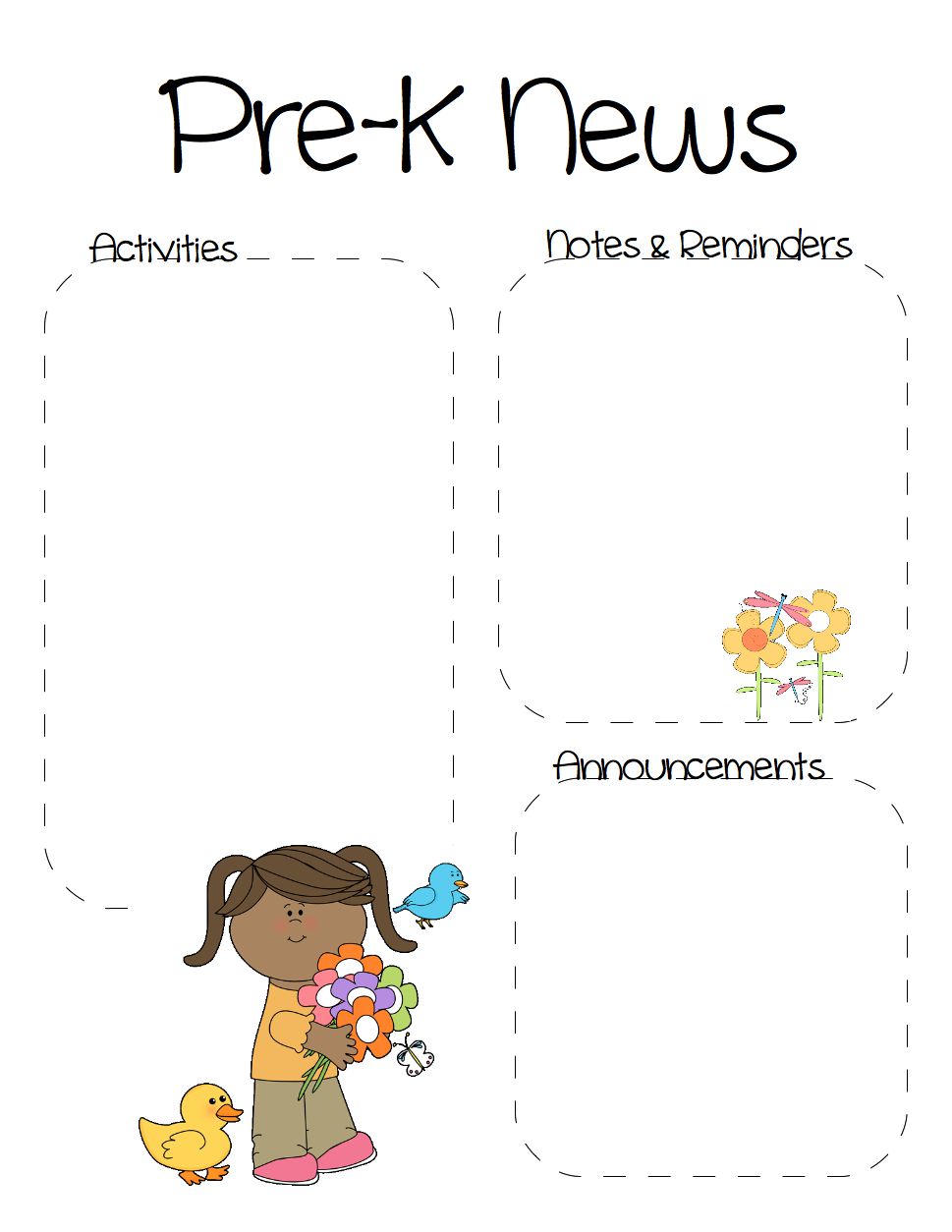

It is also a good way of involving staff in your newsletter if you are working at a large centre. If you email your newsletters (and frankly I would hope most of you are – especially with the current focus on sustainability)then it is easy to add some links for parents to follow for further reading and information when they have the time. Provide links to further reading and resources.

If you work in family day care and therefore have fewer children you might like to do something like my example below in the box ‘Special Moments'…this is easy to do and can also link to your observations and programming if you wish, just add the newsletter date to your program. You can use something like the template below…I usually add some photos on the right and then a few quotes from the children relating to each photo. Include elements of children's ‘voices'.Įducators often ask me how they can incorporate children's voices into their programming as this is a requirement of the EYLF (Australian early years learning framework) I incorporate their voices into my weekly and daily parent communication but newsletters are also a fantastic strategy for achieving this outcome. Ensure that you have a few eyes look over the newsletter before you send it out. There is nothing worse than a newsletter coming from educators that has spelling and grammar mistakes. If you are printing your newsletters you will obviously want to use less. I always add photos to my newsletters, the more the better. Use large headings, bullet points and highlighted text to appeal to the readers who like to skim and pick out important points. It makes it very easy to drop photos into the template but it is just as easy to insert them into a word document. The example below is from an electronic newsletter I now send out. Photos are easier for busy readers to scan quickly and if you add a small amount of text explaining what the photo shows you are providing more information to come back to when there is more time. Use photos to convey what's been happening in the last month. Keep it as visual and as easy to read as possible.

Try to reach out to parents with the way that you share your information, help them to feel involved and part of the service. It doesn't need to be lengthy just a few snippets about what's been going on behind the scenes and what you hope to achieve across the next month. Over the years I have found starting my newsletters with a section ‘From Jode's desk' gets me in the right frame of mind to start writing about the past month. Parents and carers are more likely to come to you to discuss an issue, become involved in the service or offer positive feedback if they feel you are interested and not just the person running the show. Even if you don't see every parent across a week (especially if a director of a large centre) it's important to reach out and connect when you can. Start your newsletters with a personal note from the person running the service. Here are my top tips for writing interesting and effective newsletters for parents. Parents are busy, educators are busy so it makes sense to ensure your newsletters are an effective use of everyone's time and won't just be thrown into the too hard basket. But they need to be done well or they won't be read. Newsletters are a fantastic way to share your early childhood service's activities, events and children's learning journeys and interests.


 0 kommentar(er)
0 kommentar(er)
